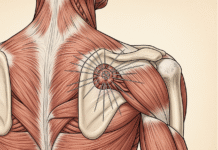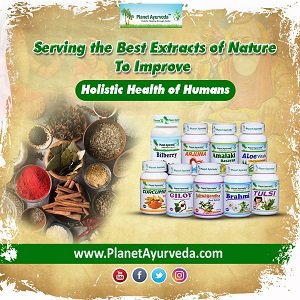Most people have never heard of NDMA (N-
Essentially, it is a yellow oil. The reason that scientists and medical professions are wary of it is that it is a carcinogen that’s they have proven to be dangerous in lab animals. It is also highly hepatotoxic.
Let’s go into a bit more detail on NDMA so you can be on the lookout for it in your food, beverages, and other products that you consume.
Where Can You Find NDMA?
You can find NDMA in several different places. Recently, the FDA pulled the popular antacid brand Zantac from store shelves.
They found a single Zantac dose contains 3,000 times the acceptable NDMA level. This high level can cause cancer, and it’s probable that lawsuits are on the way from Zantac users, either individual or class-action.
That isn’t the only place you can run into it, though. It also forms when you cook certain foods. You can detect trace amounts of it in:
- Fruits
- Vegetables
- Cheeses
- Some alcoholic beverages, including beer
You can also find it in rubber products and tobacco smoke. In food, you’ll mostly get it with fish and cured meat products like sausages and hot dogs. That’s because these contain sodium nitrite, a popular preservative.
How Dangerous is NDMA?
It’s still too soon to tell exactly how dangerous NDMA is to humans. Like many other substances, minimal exposure to it is probably not the worst thing in the world. It is carcinogenic, though, and the less of it you consume, the better.
The main concern with NDMA is that the more you have exposure to it, the higher the chances that you will contract:
- Certain cancers
- Liver disease
You may develop other health problems as well. Scientists tested rodents by having them ingest NDMA in breathable form and in their drinking water. They had a higher chance of developing pulmonary, renal, and hepatic tumors.
If You Used Zantac, How Worried Should You Be?
Earlier, we mentioned the Zantac recall. The manufacturer calls Zantac ranitidine in its generic form. It does indeed seem to be quite dangerous.
With the amount of NDMA that was in it, it seems highly likely that humans can develop many different cancers, including pancreatic, prostate, liver, bladder, kidney, esophageal, and colorectal, among others.
If you used Zantac over the years, you should definitely get a thorough cancer screening and full medical checkup without delay.
How Does the Human Body Produce and Interact with NDMA?
When the human body ingests an edible substance where there is inactive NDMA present, there is stomach exposure. The stomach exposes the material to gastric juices.
At that point, the stomach can produce high NDMA amounts. The conditions are right. The Environmental Protection Agency calls NDMA a B2 carcinogen, meaning that human exposure is probably dangerous.
How Can You Best Avoid NDMA?
One of the most frequent ways that exposure to NDMA occurs isn’t through drugs like Zantac that a company can easily recall, or even through foods that you can avoid. You can find NDMA in natural environments due to water disinfection and industrial processes.
Water purification and disinfection destroy harmful organisms that can make you sick. It’s an essential process because it keeps drinking water safe and saves thousands of lives every year.
However, you can find trace NDMA amounts in most water supply sources. If you get water from your tap, then you’ll find trace NDMA in it.
The NDMA that you find in drinking water after purification is almost impossible to avoid. Like many other carcinogens, you’ll probably ingest a tiny bit of it living in modern society, in the same way that you inhale trace heavy metal amounts if you live in a major city.
If you want to avoid large NDMA amounts, the way to do that is to check for it in the foods that you eat and the beverages that you consume. The best places to find it are in things like cheese, bacon, whiskey, beer, and various cured meats.
You can ask the manufacturers about the NDMA content in their products. They’re obligated to tell you. Just because the FDA has determined that this product is safe for sale and human consumption, that might not mean that you’ll find the NDMA level acceptable to you.


























